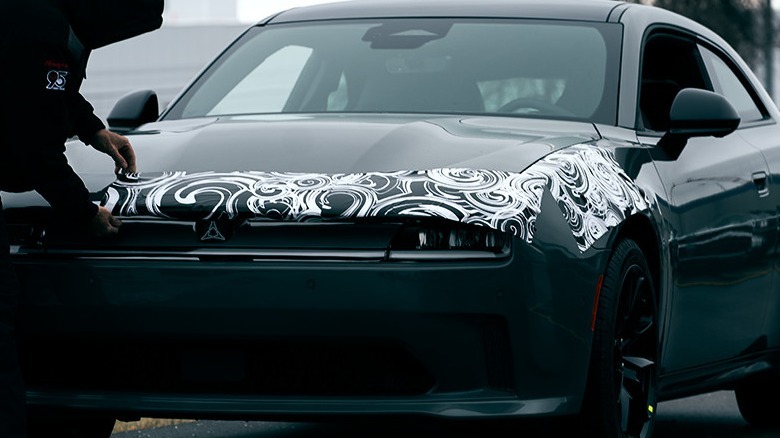The global shift to electrification and curbing emissions has led to an engine downsizing trend. Stellantis debuted the Hurricane twin-turbo inline-six in SO (Standard Output) and HO (High Output) configurations to replace its potent V8 lineup, promising better fuel economy and lower emissions while boasting V8 power levels.
The Hurricane SO delivers 400 horsepower and 450 lb-ft of torque from 3.0 liters of displacement. Meanwhile, the Hurricane HO has up to 500 horsepower and 475 lb-ft of torque. Stellantis claims all Hurricane inline-sixes were “designed to account for potential future integration with electrification for low-emission vehicles.”
If and when Dodge shoehorns the Hurricane I-6 to the new Challenger, future models could get a hybrid or plug-in hybrid powertrain for even more power, faster acceleration, and a cleaner-burning disposition. For perspective, the old Dodge Challenger R/T’s 5.7-liter V8 has 372 horsepower and 400 lb-ft of torque, while the R/T Scat Pack has a 485-horsepower 6.4-liter V8. Both Hurricane engines surpass their V8 brethren in horsepower, and infusing some electrification could improve the numbers further.
The next-generation Dodge Challenger will be on sale in late 2024, said the automaker, and the coming months will reveal more details on whether the new Challenger will follow the footsteps of the Dodge Charger Daytona SRT Concept in ushering the electric muscle car era.


